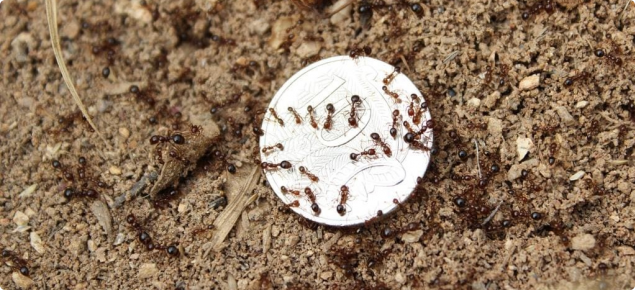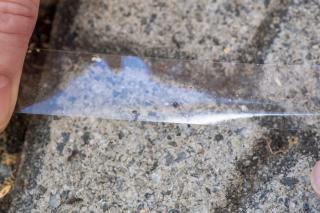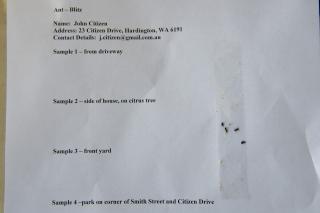Help look for the world's worst ants!
The Ant Blitz is a six week intensive surveillance campaign aimed at discovering what ants are present within our communities, and if any of these are invasive ants not normally found in Western Australia. Enhanced surveillance provides an opportunity for early detection if invasive ants are present, which is key to successful eradication, and keeping WA free from threatening ants!
The goal of our Ant Blitz is to collect as many ant samples as possible. This will not only enhance our current ant surveillance activities, but will also provide a chance for the public to learn about ants, including which ants are doing good, and which ants they should be on the lookout for. We want everyone to get up close and personal with the ants in their neighbourhoods. Being aware of the ants around you will make it easier to spot an intruder!
Why are we looking?
Although they’re tiny, invasive ants are amongst the most serious global pests. In nature, native ants play an important role in maintaining healthy soils and ecosystems. However, invasive ants - particularly those coming from other states or from overseas - can destroy that balance.
They can be aggressive and destructive. If introduced, they can spread quickly to dominate new environments, destroying anything in their way, with catastrophic impacts on native plants and animals, agriculture, pets and farm animals, competing with local ants, creating structural damage, and altering ecosystems. These ants can also imapct on human health and lifestyle, with some having painful stings and bites, and ability to create super colonies that can make backyards and public spaces unusable.
Invasive ants can be highly mobile and travel long distances via freight, cargo and transportation vehicles. Most recently, in late 2019 there were detections of both Red imported fire ant and Browsing ant, two of the most serious ants that pose a threat to WA. These detections are currently under eradication. Ongoing ant suveillance is vital to maximising our chances of preventing establishment.
Collecting samples
Ants can be easily collected using the sticky side of transparent (clear) sticky tape then gently adhering the tape to white paper, and put into the freezer for one hour. PLEASE DON'T CRUSH THE ANTS. If the ants are too quick for you to catch on the sticky tape, try using fly spray first.
Alternatively, you can brush ants into a labelled container and seal, but please try to avoid brushing in any surrounding dirt etc. Then place the ant sample in the freezer for 2 hours.
Provide the below details on the paper you have adhered ant to:
- Location where the ants were caught (eg. backyard, kitchen, bathroom, driveway etc).
- Name and contact details of the collector (telephone number/email address).
- Description of the situation, nests and any damage noticed.
Specimens can be delivered or posted to:
Department of Primary Industries and Regional Development
Pest and Disease Information Service
3 Baron Hay Court
South Perth, WA 6151
CAUTION: Do not send LIVE ants in the post. If you suspect exotic pests (eg. red imported fire ants), send photographs and descriptions via the reporting options below.
Sending photos
If it is only possible to send a photo, refer to the department’s tips for taking good photos. You can send photos using the reporting options below.
Reporting options
- MyPestGuideTM Reporter app
- MyPestGuideTM online form
- Email padis@dpird.wa.gov.au
- Call the Pest and Disease Information Service on 9368 3080
Quick instructions for using MyPestGuide Reporter app
- Download the app onto your mobile device and open it
- Create a report +
- Take a picture or attach a photo from your gallery
- Complete report details and add your email address
- Send it
- Wait for a response



